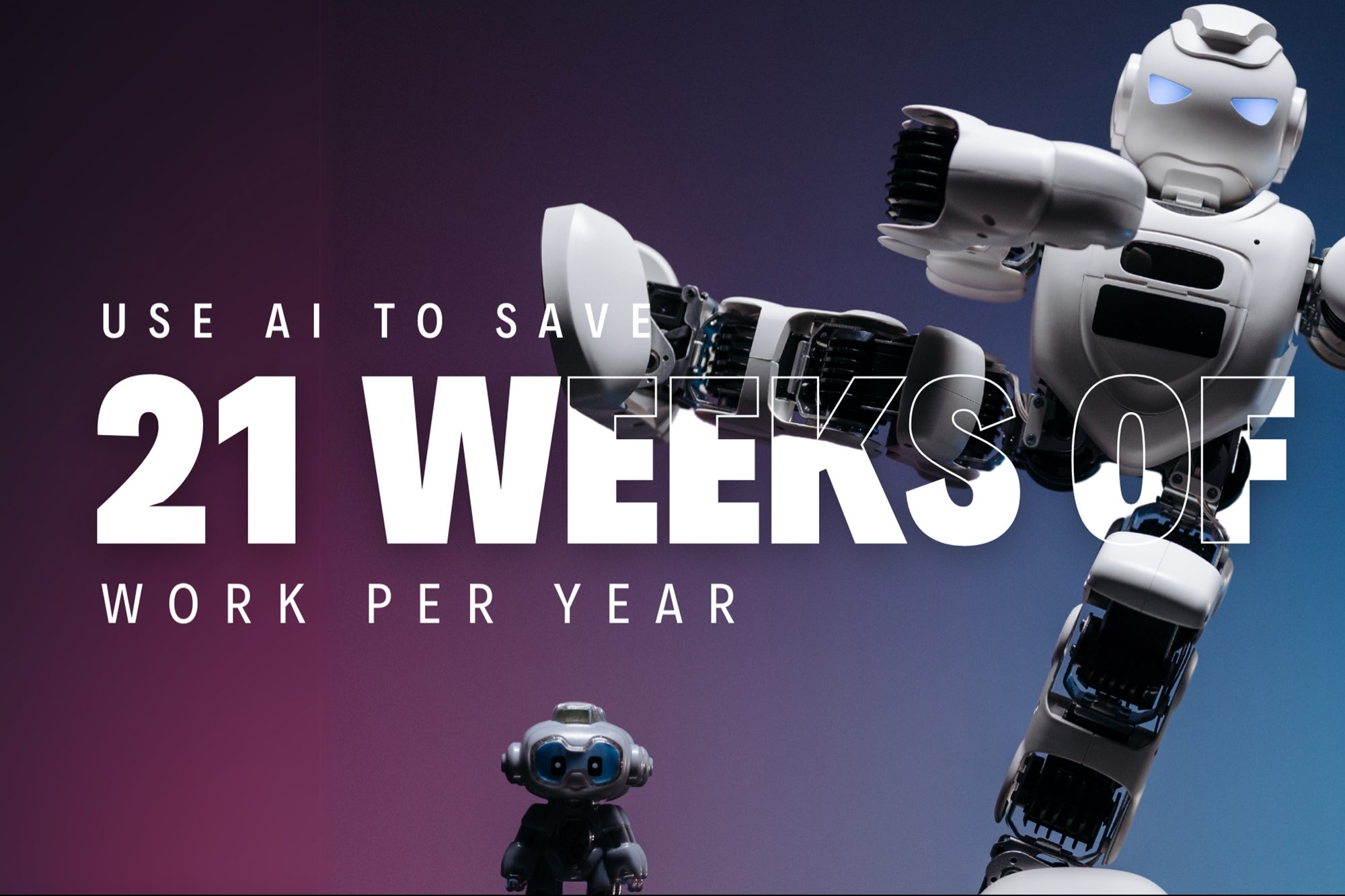Opinions expressed by Entrepreneur contributors are their own.
According to Steve Jobs, “Simple can be harder than complex: You have to work hard to get your thinking clean to make it simple.” It seems obvious that keeping things simple will help your business succeed. And yet, it’s surprisingly difficult to do it.
If simplicity is this challenging, you need to be intentional to make it happen. That’s why many successful companies actively prioritize it as a value. Ikea’s focus on simplicity comes across in its designs, catalog, store experience and more. One of Nike’s 11 management maxims is “simplify and go,” focusing teams on moving fast to adapt to new technologies and fashions.
I believe that simplicity is a driver for genius innovation. In fact, my journey as an entrepreneur began with an idea to simplify a complex and bureaucratic process. Today, the success of that idea has created new challenges. We serve millions of customers across over 100 countries, with many different needs — to meet them all, we’d need a ton of different features. So, we have to find the simplest ideas that will improve the experience for the largest number of users.
Related: Here’s Why You Should Embrace Simplicity as a Strategy (and 3 Ways to Do It)
Simplifying innovation is a recipe for success
Some people think that to be an entrepreneur, you have to bring groundbreaking technological innovation to the world. But actually, there’s a lot of room to innovate on top of new technologies, simplifying them and packaging them for specific use cases.
If you think of two of the technology giants of our times, Google and Apple, neither of them invented their core technologies. Apple wasn’t the first company to create a home computer or cellphone, Google wasn’t the first company to develop a search engine. They made existing innovations simpler and more user-friendly, and it was a recipe for success.
This is particularly relevant right now in the middle of a revolution fueled by generative AI. There are definitely huge opportunities in creating new AI-driven technologies, but there are even more opportunities in finding ways to package these technologies into user-friendly software for specific use cases.
To do this, first master the tech, and then put yourself in the shoes of your potential user. Try to understand what is really useful about the innovation and what barriers people might face when trying to use it.
The key is to find a way to simplify the technology, making it easier for your target users to understand and adopt it. Do this, and you’re onto a winner.
Work smarter by simplifying communication
Another part of any business where simplification is super important is communications and processes. As companies grow, it becomes harder to get people on the same page or ensure continuity between departments. Poor communication creates misunderstandings, which can lead to mistakes. The more people involved in a project, the more likely it is that workflows will become complicated. This all slows things down, wastes time and restricts your ability to make an impact on the business.
Let’s start with communication. Using a single, simple language across the company is crucial for people to be able to understand each other. For example, try to use less jargon and fewer three-letter acronyms, or make sure to explain them if you do. By creating organized archives of historical documents and plans, you help onboard new people and anyone can find important information fast when they need it.
Create a culture of transparency where different departments share their plans with each other. Create frameworks to facilitate this, like quarterly reviews or roadmap deployments. It’s not possible for employees to be actively involved in everything going on in the company, but by helping everyone take part passively, you’re making sure they’re on the same page and can facilitate ideas and collaborations across teams.
When you do have to communicate, encourage your teams to do it in the most straightforward way possible. By simplifying communication and making it easy to understand, discussions are more focused and decisions are made faster.
Related: The Key to Effectively Communicating Important Messages Is All About Simplicity
Put simplicity at the heart of your product
A simplification mindset can also be applied to product development. By making small incremental changes, sometimes with test groups of users, you can use the inspect and adapt methodology to understand their adoption, as well as any issues, and innovate further accordingly. Every so often, you can combine all these small changes into a large product update that you roll out for everyone.
For example: A company added a lot of extra value to its product with new features and releases. In theory, this was great for the users, but some found the UI overwhelming and new pricing options confusing. To use a metaphor, some people are happy to be given ingredients to make their own meal, but most would prefer the chef do the cooking so they can enjoy the final result.
Having understood this through their feedback, the company introduced a change to its UI that helped users get the end result they wanted, without having to work hard to achieve it themselves. By simplifying, the company maximized the impact of the value of all the new additions to the product.
Related: Keep It Simple: Why Simplicity Is Key To Making Your Brand Win
Richard Branson once said: “Any fool can make something complicated. It is hard to keep things simple.” Simplicity won’t come about by accident — you need to be intentional. You have to call it out and make it a focus for the whole company. You need to put it at the heart of everything. And when you succeed, the impact will be huge.










